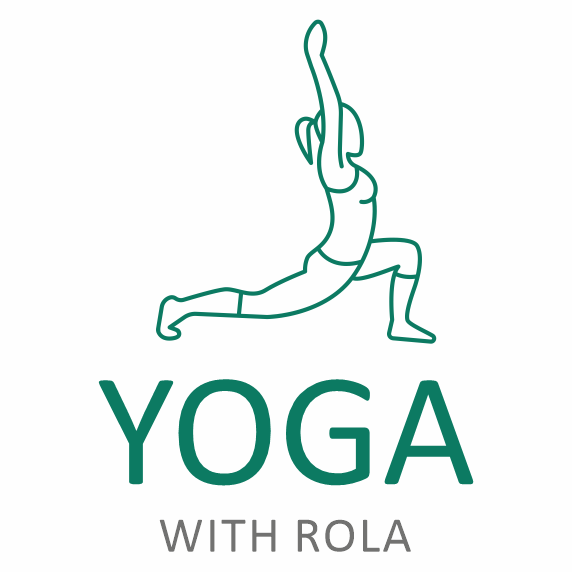The word heart frequently comes up in a yoga class, often in reference to the heart chakra or an indication of emotional well-being and a sense of openness. While using words like “heart opening” loosely in a class might be common practice, it can be intimidating for those suffering from heart conditions. It can also be a distraction from the more tangible benefits that a consistent yoga practice brings to this vital organ that must pump blood to all the body cells while helping bring it all the way back again.
Yoga and holistic health
In his book Yoga as Medicine, Timothy McCall explains how yoga takes a holistic approach to health, one that includes emotional well-being, spiritual resilience, as well as body health. As a result, in helping treat illness and develop health, yoga envisions a “web of causation that is much more complex than the limited number of factors most doctors consider.” In the case of heart disease, for example, yoga looks beyond cholesterol and blood pressure to stress and lifestyle, with no one factor providing the remedy alone.
Yoga tools for people with heart conditions
Harvard Medical Center lists ways that yoga — in its true ancient meaning including breathing exercises, relaxation, and meditation — can lead to measurable improvements in factors connected with cardiovascular health, such as lower blood pressure. These include:
Improved fitness level: While gentle, less vigorous, yoga does not count as a form of aerobic exercise that raises the heart rate, it improves flexibility, muscle strength and balance — benefits that are vital for overall physical fitness and well-being. Research also suggests that by encouraging deep, slow breathing, yoga helps lower blood pressure by an average of five points after a few months of regular practice, research suggests.
Reduced stress levels: Worry and depression commonly follow cardiac cases, such as a heart attack, bypass surgery or diagnosis of heart disease. As part of an overall treatment plan, over time, a regular yoga practice can help manage this stress by activating parasympathetic nervous system, enabling persons to be less reactive to stress and intense emotions.
Greater mind-body awareness: Yoga has also been shown to act as a motivator for people to exercise more regularly and eat healthier, helping with lifestyle changes to prevent heart disease in the first place. “You’re more aware of the positive feelings you enjoy when you eat healthy foods and exercise. You’re also more likely to notice the negative effects of eating junk food and sitting on a couch all day,” says Dr. Khalsa in the Harvard study.
Which yoga to follow?
The widely accepted Ornish Lifestyle Medicine program (www.ornish.com) confirms that lifestyle that includes yoga as one of its four key components (along with a low-fat vegetarian diet, moderate exercise, and the maintenance of loving, supportive relationships). However, not all styles of yoga are the same and different people with different conditions might need different approaches. Whatever approach is followed, here are some yoga tips that the program offers for a healthy heart:
Avoid straining and pushing: Staying relaxed while practicing yoga, with a focus on the breath, allows cultivating more self awareness and an ability to listen to what the body needs. Use postures that don’t create too much pressure in the abdomen or heart are recommended. (So no deep back bends or closed twists).
Keep breath flowing smoothly: While breath exercises, or pranayama are an integral part of yoga, it is best not practice pranayama that includes breath retention. Instead, the focus should be on allowing the breath to flow with steadiness and ease, and without any strain.
Remember the restorative qualities of yoga: Whenever practicing, take time to relax in between poses. This helps with integration of the benefits of the practice, as well as providing training for the brain to rest, taking the time to relax fully at the end of practice.
Remember that yoga is more than than physical posture: Ornish Lifestyle Medicine program is a good reminder to use the many techniques from the yoga tradition, including postures, breathing, relaxation and meditation. The most optimal benefits for restoring health to the heart come from integrating these tools.
In the end, if you are new to yoga and recovering from heart condition, start with a slow practice and gradually build up towards a consistent (but always gentle) yoga practice. These yoga tools can also benefit not only people with heart conditions, but for any one trying to reduce stress and lower blood pressure, blood cholesterol, blood glucose as well as heart rate, helping prevent future heart disease — by far Western world’s number one cause of death for both sexes, with more women than men suffering heart attacks.



Add a Comment